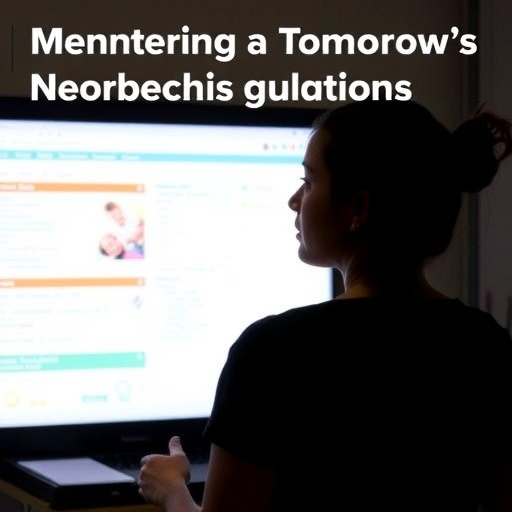The therapeutic potential of human induced pluripotent stem cells (iPSCs), which are capable of becoming almost any type of cell in the human body, is well-recognized and broadly pursued, but their mutational burden has not been fully characterized yet.
IPSCs are reprogrammed from somatic tissues, including skin cells that may accumulate many somatic mutations (mutations that are not inherited) due to exposure to sunlight and ultraviolet radiation. While previous studies have partially characterized somatic mutations present in iPSCs, a complete understanding of their mutational burden is lacking, despite more than 1,000 iPSC lines having been developed worldwide.
In a new study, published in this week's issue of Cell Reports, researchers at the University of California San Diego School of Medicine scrutinized the whole genome sequences of 18 iPSC lines derived from skin cells that they had reprogrammed to identify and characterize somatic mutations.
"Induced pluripotent stem cells represent a huge opportunity for science and medicine, but to truly and effectively use them we need to more completely understand their mutational burden," said senior author Kelly A. Frazer, PhD, director of the UC San Diego Institute for Genomic Medicine and founding chief of the Division of Genome Information Sciences in the UC San Diego School of Medicine. "If we can detect somatic mutations for each iPSC line on an individual basis, we can use that information to prioritize iPSC lines for models of specific human diseases and/or transplantation therapies."
In their research, Frazer and colleagues used whole-genome sequencing, transcriptome and epigenome data to identify and characterize mutations in 18 iPSC lines included in the iPSCORE Resource and publicly available at WiCell, a non-profit that provides stem cell lines for research and testing.
In addition to more extensively characterizing two previously identified classes of somatic mutations in iPSCs — clonal mutations derived from the parental cell and copy-number alterations (duplications or deletions of larger portions of a chromosome) — the researchers discovered and characterized two new classes: mutations caused by ultraviolet radiation damage in the parental cell and subclonal mutations that were not present in the parental cell and occurred during iPSC reprogramming.
The researchers found that, while the vast majority of mutations are in epigenetic regions associated with closed chromatin and do not alter gene expression, subclonal mutations that occurred during iPSC reprogramming showed an increased association with active chromatin and altered gene expression.
###
Co-authors include: Matteo D' Antonio, Paola Benaglio, David Jakubosky, William W. Greenwald, Hiroko Matsui, Margaret K.R. Donovan, He Li, Erin N. Smith and Agnieszka D'Antonio-Chronowska, all at UC San Diego.
Media Contact
Scott LaFee
[email protected]
858-249-0456
@UCSanDiego
http://www.ucsd.edu




